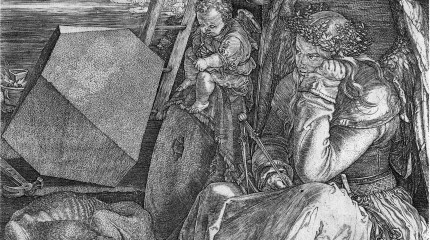The recent case of Jussie Smollett, actor in famous US TV show ‘Empire’, has gripped the attention of the media and the world in the past year. Whilst I do not attempt to find who was really guilty (because who knows ?After all, all charges were dropped against him.) my main interest lies in the way the story was told and how the actual court and the court of public opinion portrayed and judged him.
On 29th January 2019, Chicago police announce that they’re investigating “a suspected racist and homophobic attack, by two masked man”[1] on the actor. The latter had a chemical substance thrown at him and had a rope wrapped around his neck. According to the actor, during the assault the perpetrators shouted that it was a ‘MAGA country’ (Make America Great Again), famous slogan often used by President Trump and other racial slurs. The case was treated as a hate crime, Jussie being gay and from an ethnic minority. Following those reports, there was an outpour of support towards the actor from celebrities, fans and many more expressed their anger against the outrageous nature of the crime. Jussie described himself as a ‘gay tupac’.[2]
A couple of weeks later, plot twist; reports emerge that Jussie has actually paid the two attackers (who were had worked as two extras on Empire and had known the actors according to their lawyers) to stage the attack. Jussie refused to give his phone for investigations and when he did submit his data, he blurred some messages out. Coupled with the other twists about the fact that the perpetrators were actually black, to which Jussie responded “if I had said [the attackers] was a Muslim, or a Mexican, or someone black, I feel like the doubters would have supported me a lot much more.” and suggestions that he actually paid them to help him train to get in shape for a video he was going to stare in, that was enough to cause a shift in opinion. The police charged the actor with a case of false reporting.
He did lie about the colour of the perpetrators. However, the powerless, gay black man who had acquired so much support, pity and attention, was suddenly the bad guy. Even if the court later dismissed the actual case of false reporting, the police still believed that he was guilty and have since sued him to cover the cost of the manpower involved in investigating the case, which could have been otherwise efficiently used according to them. Most importantly, where the narrative really switches is where the same articles online that would describe him in such an innocent, ‘victimised’ light (before the false reporting allegations) described the drop of all charges against him with a hint of suspicion. The same people who commented on online threads and news outlets ,who were outraged when he was attacked, had suddenly changed their opinion and accused him of not only being guilty, but that he was free just because he had ‘money’, was ‘famous’ and bought his way out of the system. Empire had decided to get rid of his character for some episodes and it is not sure when or if his character is going to return. He was so longer the vulnerable ‘gay Tupac’ but he had turned into this manipulating monster that was capitalising on a sensitive subject (racism and homophobia) to gain fame. Whilst we still do not know what the truth really is, it is very interesting to see how the court of public opinion can ‘make and unmake you’, using specific narratives to paint victims and perpetrators and manipulating them. In this story, the vulnerable victim from a marginalised background turned into the powerful big bad wolf in a nanosecond. Imagine this happening in a real court of law- oh wait, it does already !
[1]BBC News accessible https://www.bbc.co.uk/news/newsbeat-47317701
[2] Ibid
